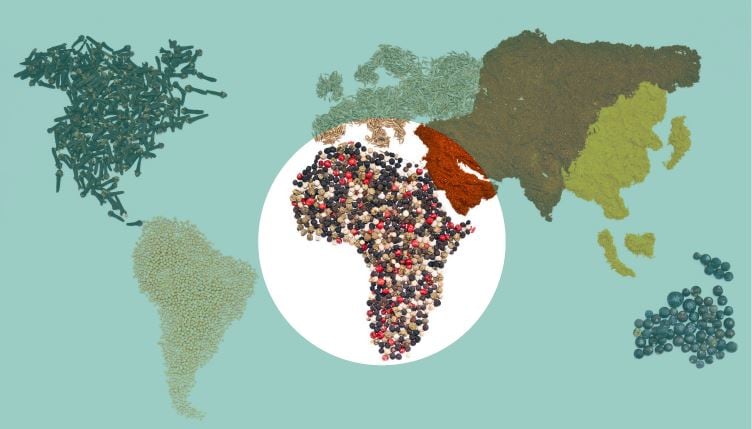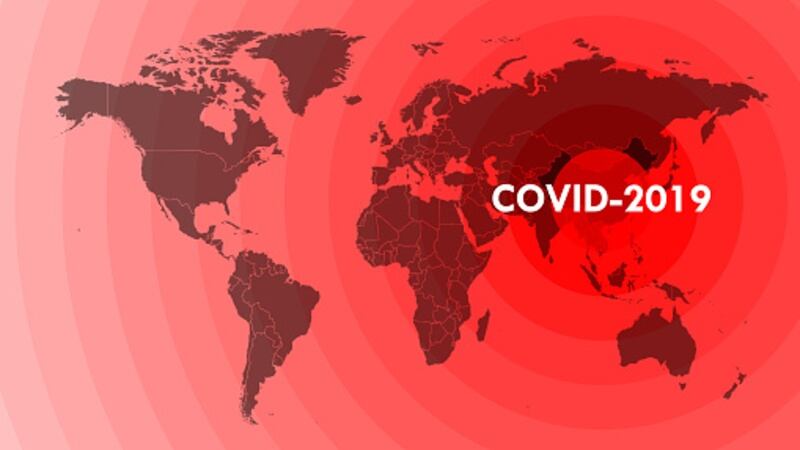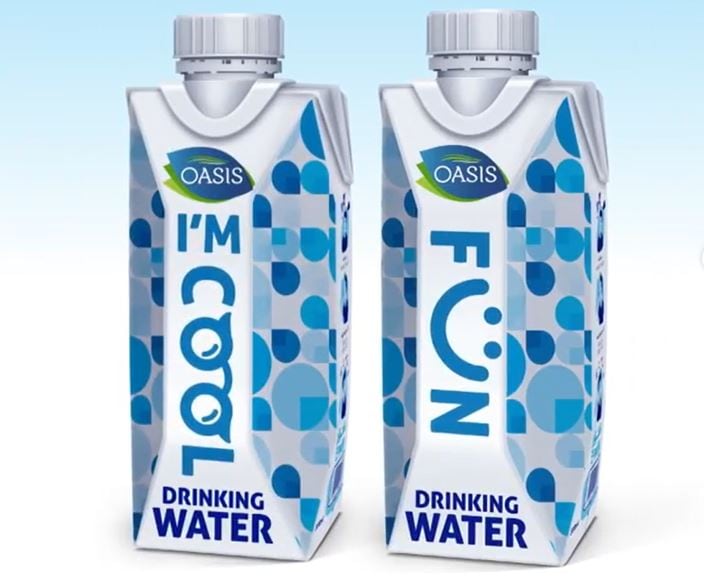Qatar was ranked 13th overall across 113 countries covered in the index. The report in its eight edition takes into account three issues of food security, affordability, availability, and quality and safety.
According to the report, food security across the Middle East is largely a factor of country wealth.
Stable food prices, and near non-existent poverty contribute to ensuring food security, in particularly food affordability.
The report cites that countries of the Gulf Cooperation Council (GCC) are among the highest-ranking in the world, however outside the GCC, some countries in Middle East face significant challenges.
For instance, Yemen (111th) and Syria (107th) were the lowest ranking countries in the region, as well as globally.
“Syria and Yemen are in the midst of ongoing civil conflicts, limiting the ability of governments and markets to ensure that people are fed.”
Affordability
Food affordability is measured by the ability of consumers to purchase food, their vulnerability to price shocks, and the presence of programmes and policies to support consumers when shocks occur.
Within the Middle East, three of the top five countries in this category are GCC countries, Qatar, UAE, Kuwait.
In an interview with FoodNavigator-Asia, Prabdeep Bajwa, president at Corteva Agriscience, Africa Middle East said, which supported the research, said: “Qatar, UAE and Kuwait are able to keep prices low due to their strong economic resources which enables them to ensure food is available through food imports, and they also implemented polices that support low agricultural import tariffs, which further contributes to affordable prices.”
Availability
Food availability is measured through sufficiency of the nation’s food supply, risk of supply disruption, capacity to disseminate food, and research efforts to expand agricultural output.
Bajwa told us, there had been improvements made to agricultural infrastructure, especially for the GCC region. “Qatar has improved port and rail infrastructure in the past year; the Kuwaiti government has invested in new grain silos and expanded crop storage at a major port; Bahrain has upgraded a major port to increase its efficiency; and the Syrian government recently committed to rebuilding crop storage facilities destroyed during the conflict.”
In addition, he said these four countries have also provided adequate food safety nets that protect and ensure that vulnerable households have access to food supplies.
The Middle East region has been working on increasing food supply for its growing and urbanising populations, through exploring urban agriculture, and investing in technology to boost productivity.
For instance, UAE has established a food security council to ramp up local production activities, in hopes to achieve the top position in the GFSI by 2051. It was currently ranked third in Middle East, and 21st worldwide.
Quality and safety
The GFSI measures this category by the variety and nutritional quality of the average diet, as well as food safety.
Within the Middle East and North Africa region, while all GCC countries (except Bahrain) have shown strong commitment to nutritional standards, the rest of the region does not do so well. The report revealed nearly half the countries do not have evidence of national dietary guidelines, and one-third has not conducted a nutritional monitoring survey in the past five years.
The GFSI went on to make several recommendations: “Governments in the Middle East should regularly engage in nutrition planning and monitoring efforts (to address existing nutritional gaps) Government assistance and intervention is also needed to improve dietary diversity and micronutrient availability, through efforts such as subsidising micronutrient-rich foods and raising nutritional awareness.”
Future directions
According to Bajwa, Qatar will likely continue to rise in rankings, “when (its) investments in infrastructure will (eventually) increase the sufficiency of the national food supply as well as the countries capacity to disseminate food.”
He also believes Kuwait will move up the ranks: “Kuwait’s investment in storage infrastructure will hopefully prevent food losses and increase food availability (in that country).”




